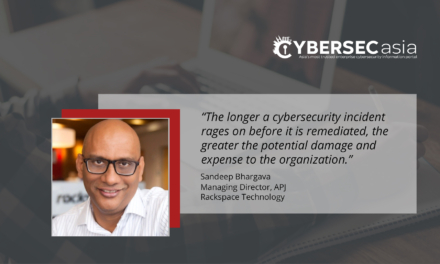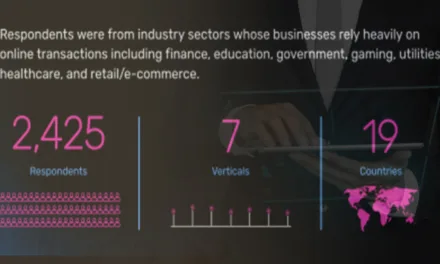According to a small survey, 39.3% of respondents had cited cybersecurity as a key barrier.
Based on a survey* commissioned in 2025* of 250+ Operational Technology (OT) and IT decision-makers from industries including energy, utilities, transportation, logistics, and manufacturing, a cybersecurity firm has disclosed some findings on OT cybersecurity challenges.
First, 39.3% of respondents had identified cybersecurity as a key barrier to digitalizing OT environments, with 45% of respondents from the Asia Pacific region* reporting this concern, compared to a global average of 39.3% across all respondents.
Second, 46.6% of respondents had cited inadequate security measures, and 46.6% had noted insufficient budgets or personnel for OT cybersecurity.
Other findings:
- 42.7% of respondents reported challenges with regulatory compliance, and 41.7% highlighted complexities in IT/OT integration. Among respondents from APAC, 68% cited security gaps, 56% lacked sufficient resources, and 35% faced compliance issues.
- 31.1% of respondents cited relying on manual processes or were beginning digitalization; 22.7% had integrated some connected digital technologies; and 63.6% cited they had aimed for full digital transformation within two years.
- In respondents representing APAC in the surveys, 36% of respondents citing using multiple connected technologies, 33% cited achieving full digital integration, 9% cited reaching digital maturity, and 22% were still using traditional processes or starting digitalization.
According to Andrey Strelkov, Head of Industrial Cybersecurity Product line, Kaspersky, the firm behind the survey/white paper: “As connectivity and reliance on digital technologies continues to grow, the potential for cyber threats rises as well. It is crucial for industrial organizations to adopt robust cybersecurity solutions to ensure that while they implement new OT systems, and enhance their overall efficiency: they simultaneously mitigate potential cyber risks that could result in significant disruptions and financial losses.”
*No detailed methodological disclosures have been supplied, such as respondent selection criteria, country-level breakdowns, or sampling processes. Notably, there is no mention of US participants or data despite the paper’s findings and conclusions made as globally representative. Readers should interpret the survey findings with these limitations and non-disclosures in mind.

















